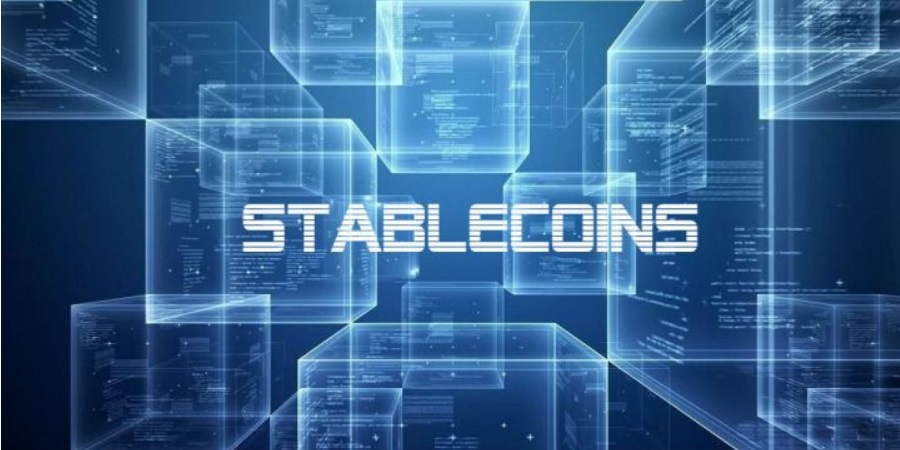
Visa and stablecoin infrastructure provider startup Bridge are partnering to offer stablecoin-linked Visa cards to customers across multiple countries in Latin America, which the companies say will allow users to make everyday purchases in cryptocurrency tokens. The move comes as the U.S. Congress appears likely to pass a bill creating stablecoin rules for the first time, which experts say could pave the way for more financial firms to use or issue their own stablecoins.
Stablecoins – once a technology confined to crypto communities – are making their way into headlines, dinner party conversations and soon, everyday transactions. Visa, a global leader in digital payments, and Bridge, a leading stablecoin orchestration platform and a Stripe company, announced a new card-issuing product. „Fintech developers using Bridge can now offer stablecoin-linked Visa cards to their end customers in multiple countries through a single API integration.” – according to the press release.
Cardholders will be able to make everyday purchases from a stablecoin balance at any merchant location that accepts Visa. „For example, when a customer in Colombia shops locally and uses their Bridge-enabled Visa card to pay a merchant, Bridge deducts the requisite funds from the customer’s stablecoin balance and converts the balance into fiat, enabling the merchant to get paid in their local currency like any other transaction. Customers can add these cards to supporting digital wallets and pay at the 150M+ merchant locations that accept Visa.” – the company explained.
„We’re focused on integrating stablecoins into Visa’s existing network and products in a frictionless and secure way,” said Jack Forestell, Chief Product and Strategy Officer, Visa. „Partnering with Bridge represents a significant move in helping to make stablecoins usable in everyday life, giving consumers more choice in how they manage and spend their money.”
Developers building with Bridge can now easily add stablecoin-linked Visa cards to their product offerings and manage these programmatically through Bridge in multiple countries. Behind the scenes, Bridge moves and converts stablecoins from and to those cards on behalf of developers. Bridge is working with Lead Bank as a financial institution partner.
The integration enables issuance of new card programs in multiple countries at once, starting with Argentina, Colombia, Ecuador, Mexico, Peru and Chile. The focus on Latin America aims to address the growing demand for consumers and businesses to utilize stablecoins to store value and fund everyday purchases. Availability will expand to countries in Europe, Africa and Asia in the coming months.
“This is a massive unlock for developers who can now build truly scalable issuing products for their users,” said Zach Abrams, CEO and Co-Founder, Bridge. “Everyone already knows how to use cards for payments, and now everyone will be able to use stablecoins with just a tap of their card.”
___________
Bridge is the leading platform for stablecoin orchestration, simplifying the ability for users to transact on crypto rails by abstracting away the complexities of using blockchains. Bridge builds stablecoin infrastructure that enables users to seamlessly transition between fiat currency and stablecoins, helping global businesses manage, store, and move money. Bridge was acquired by Stripe in February 2025.
Banking 4.0 – „how was the experience for you”
„To be honest I think that Sinaia, your conference, is much better then Davos.”
Many more interesting quotes in the video below: